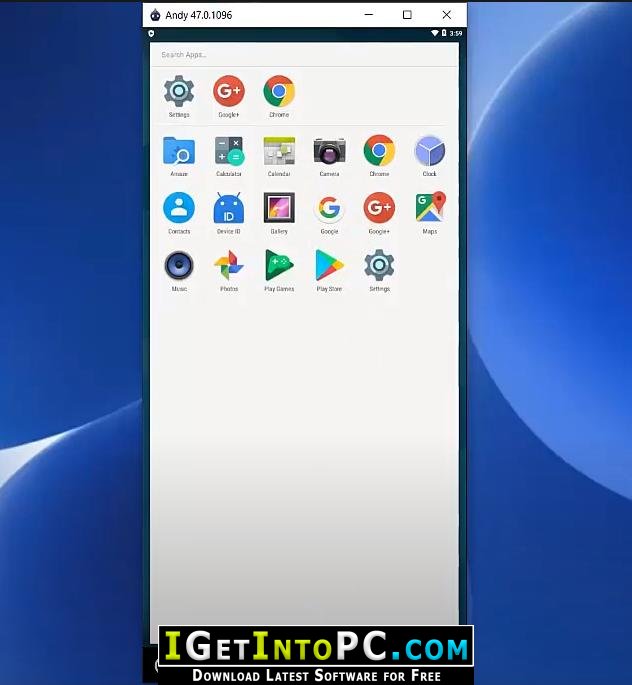

If you are satisfied from above information than you will able to make a decision about using this software in your windows pc or not. Now my duty is over because I discuss maximum every point related to this software above. Hope the information provided above about the software is sufficient to make decision. So that's all about AppleWin for pc which you have to know before using this software in your windows pc. By using this section you will also able to checkout the questions and answers on AppleWin for pc. If you have any question about the software than you can also use this section to ask questions. So explore this section in case of adding a review or reading reviews on this software. This section is for adding a review on this software and also you can read all the published reviews on AppleWin for pc. So if you need screenshots of this software for windows pc than you can checked it out. This section of this software will include all the screenshots of AppleWin for pc. These sections will also help you to get more information about AppleWin for pc. If you want to explore more about AppleWin for pc than you can explore any of the section below about this software.
Applewin emulator 64 bit install#
I have not attempted to use the make install command, nor have I deployed the program system-wide. You can then cd to the main LinApple folder and execute the linapple command. In order to copy it to the next higher folder. If you perform an ls at this point, you should see an entry called linapple.īefore attempting to run the linapple command, you’ll need to copy it to the main LinApple folder use the command The last couple of lines should include the command mv AppleWin LinApple. No parameters are required and, although you’ll see many warnings, you should not receive any errors. Once you’ve completed these changes, stay in the src directory and typeĪt the command prompt. If you do not add this include line to each of those files, you’ll receive error 1 relating to either usleep() or close() not being a valid function within their scope. – Do the same in SerialComms.cpp and Timer.cpp. – In Frame.cpp, scroll down to the last line that says #include and add a new line below that one: Before you try “make” though, you’ll (probably) need to make the following changes: Once extracted, change to the src subdirectory in the LinApple folder.
Applewin emulator 64 bit code#
You’ll need to untar/unzip the LinApple source code into a working location in order to start compiling. Even if you already have libsdl2 or higher installed, go ahead and install libsdl1.2 as that’s the version LinApple is currently configured to utilize. Normally, though, these are common libraries and shouldn’t cause a problem. If you received any errors during any of these installations, Google will probably help. You can combine all the installations on one line, but then you probably don’t need this part of the discussion… For those that are unfamiliar, I normally open a Terminal session and run each installation separately, just so I can see what’s happening. You’ll need to make sure you have installed libsdl1.2-dev, libcurl4-gnutls-dev, g++, and libzip-dev, if not already installed.

Note that sound worked immediately and doesn’t require a work-around due to old audio implementations. I have not yet thoroughly tested LinApple, only a few programs/disks, but it seems very promising. Please note that this is not my project, but since I encountered a few issues during compilation I thought I’d share the experience. LinApple is available here and is derived from AppleWin with libraries changed to SDL and POSIX from the Windows equivalents. While KEGS is nice for emulating an Apple IIGS on Linux, if you want to emulate an Apple //e (IIe) on Linux the choices seem to be narrower, at least for a version that will work on newer versions of Linux.


 0 kommentar(er)
0 kommentar(er)
